Vintage Water Pots - The simplest way to Elevate Home Decor
A vintage water pot is not just a vessel—it’s a memory cast in metal. Rooted in the rural and royal households of India, these pots, often handcrafted in brass or copper, once stood quietly in courtyards and kitchens, holding not just water but the rhythm of daily life. They come from a time when things were made to last, when utility bowed to beauty. In Rajasthan, Gujarat, Tamil Nadu, and even Persia and North Africa, similar shapes and techniques emerged, echoing across continents. Each curve told of a craftsman’s hands, each dent of time’s passage. Passed down generations or found in antique bazaars, these pots are relics of a slower, more mindful era—where water was sacred, and so was the vessel that carried it. In today’s context, they serve as soulful markers of history—heritage preserved in form, function, and spirit.
How Does A Vintage Water Pot Differ From Today’s Modern Jugs Or Dispensers?
Modern dispensers are engineered for function—sleek, sterile, and mass-produced. But vintage water pots? They breathe. They were made not just to store water, but to honor it. Where modern jugs are often plastic or steel, a vintage pot holds temperature naturally, cools water through clay or metal, and enriches its essence. There’s a kind of romance to them—each one irregular, imperfect, and yet deeply personal. A plastic jug tells you the time, but a vintage pot tells you a story. Convenience today often trades beauty for speed. A vintage pot asks you to slow down, to pour with intention, to listen to the clink of a brass lid or the weight of copper in your hand. It's charm vs. convenience. Soul vs. speed. When the world moves fast, a vintage pot reminds you to sip, not gulp—to remember, not just use.
From Brass To Copper: What Styles Of Vintage Water Pots Have Stood The Test Of Time?
Across India’s many regions, the vintage water pot has taken countless forms—each shaped by geography, community, and craft. The Lota, round and bulbous, found in Bengal and Odisha, was designed to rest snugly in palms. The Kalash, more ceremonial, graced temples and rituals with its pointed spout and lotus top. In Rajasthan, engraved brass matkas with floral and peacock motifs glimmered in desert homes, while Tamil Nadu’s Thondi—tall, slender, elegant—mirrored the restrained grace of the South. Copper pots with hammered textures aged beautifully, turning each pot into a canvas of oxidation and time. My favorite? The ones with riveted handles, carried by travellers, marked by use and weather. These styles didn’t just survive—they adapted. Today, they sit in modern kitchens as both sculpture and storage. They’re not trends. They’re timelines. And each still whispers of the hands that shaped them.
What Materials Were Commonly Used In Vintage Indian Water Pots?
The soul of vintage Indian water pots lies in the materials they’re made of—materials that didn’t just serve a function but nurtured a connection. Copper was prized for its purifying properties. It tinged the water with minerals and turned every sip into a ritual. Brass, a blend of copper and zinc, was heavier, warmer in hue, and often etched with motifs of nature, mythology, or daily life. Clay or earthenware pots, especially in village households, cooled water naturally through porous evaporation—a technology older than science. In some regions, even bell metal was used, known for its resonant timbre and fine craftsmanship. These weren’t just choices of utility—they were cultural, regional, even spiritual. Unlike modern plastics or glass, these materials aged gracefully. They cracked, darkened, carried fingerprints and sunstains. And in doing so, they became not just objects—but keepers of time.
What Traditional Motifs Or Patterns Are Etched Onto Vintage Water Pots?
Traditional Indian water pots carry not just water but entire belief systems etched into their surfaces. The lotus, symbolizing purity and rebirth, often blooms in delicate curves. The peacock, India’s national bird, appears in mid-dance—an emblem of grace, love, and vanity. In Rajasthan, jaali patterns mimic temple architecture, while Southern pots may feature yantras or sacred geometric diagrams. The elephant stands for strength and wisdom, often carved into ceremonial pots. Sometimes it’s subtle—a tiny sun, a flowing vine, a pair of fish intertwined, speaking of fertility or flow. Each motif is a brushstroke of devotion—etched by artisans who saw utility not as separate from beauty but married to it. The pot became a canvas. What you held wasn’t just a container—it was culture cast in copper, belief embedded in brass. Today, these designs remind us that art doesn’t always hang on walls—it often waits by the well.
Where Can I Buy Authentic Vintage Water Pots Online?
In the digital marketplace flooded with replicas, finding an authentic vintage water pot is both an art and a journey. Start with trusted Indian handicraft portals like IndianShelf, The Indian Ethnic Co., or Gaatha—they often source directly from artisans and rural collectors. Etsy can also be a treasure trove if you look for sellers with strong provenance and reviews. Look for signs of age: oxidized patina, minor dents, tool marks, and handcrafted irregularities. Be wary of “too perfect” symmetry or artificial aging. Ask questions—where was it sourced, how old is it, is it functional or decorative? Sometimes the best finds are hidden in lesser-known corners: Instagram stores, auction sites, or state emporiums that have gone digital. If the pot comes with a story, all the better. You're not just buying an object—you’re adopting a history. Let the pot choose you.
How Do You Style A Vintage Water Pot In A Modern Kitchen Or Dining Space?
A vintage water pot is a dialogue between eras—it doesn’t clash with modernity; it enhances it. In a minimalist kitchen, place it near a sunny window with a single sprig of tulsi or dried wild grass peeking from its mouth. On an open wooden shelf, it balances out ceramic bowls and steel utensils with its warm, lived-in glow. In a dining space, use it as a centerpiece—paired with woven mats or a stack of kulhads, and suddenly the table feels like home. If the pot is small, convert it into a planter. If large, let it rest on the floor beside your kitchen island, quietly grounding the space. Use contrasts—pair a copper lota with sleek marble, or a brass kalash with matte-black tiles. The pot doesn’t ask to be the star. But place it right, and it will carry the whole stage with grace.
How Are Vintage Water Pots Celebrated Or Preserved In Today’s Homes?
Today’s homes don’t just house vintage water pots—they honour them. Some place them in glass cabinets, treating them like relics from another world. Others, more daring, return them to function—pouring copper-purified water from them each morning, following rituals from another time. Many find new life as decorative art—filled with flowers, fairy lights, or even as statement pieces on console tables. Some are gifted, carrying blessings into new homes. And in a growing number of eco-conscious households, they become symbols of slow living and thoughtful consumption. Preservation, too, has evolved. We no longer shine away their age—we highlight it. The patina is prized, the scratches loved. It’s no longer about erasing time—it’s about embracing it. Because a vintage water pot doesn’t need to be loud. Its presence is felt, not shouted. In a world rushing ahead, it stands as a quiet heirloom of pause.
Why Vintage Indian Water Pots Are The Original Sustainable Drinkware
Long before steel bottles and bamboo straws, vintage Indian water pots embodied sustainability at its finest. They were made from natural metals—copper, brass, earthenware—that returned to the earth without harm. They lasted decades, often centuries, handed down from one generation to another without losing purpose or beauty. Unlike today’s single-use plastics or factory-made dispensers, these pots cooled water naturally—no electricity, no refrigeration, just ancient science. They encouraged slow, mindful drinking and daily rituals. And because they were crafted by artisans, each one supported local economies, not global emissions. In today’s eco-conscious era, they return as quiet revolutionaries—reminding us that sustainability isn’t a new trend but an old tradition. Owning one is more than aesthetic. It’s a small rebellion against disposability. It’s choosing a lifestyle where beauty, purpose, and care intersect. A vintage pot is sustainability with a soul—and a story.
What Are The Best Vintage Water Pot Gift Ideas For Weddings Or Housewarmings?
In a sea of generic gifts, a vintage water pot stands apart. It carries soul, heritage, and thought. For a wedding, choose a brass Kalash—symbol of prosperity and beginnings. Pair it with hand-written notes on its traditional meanings, and you’ve gifted more than an object—you’ve gifted legacy. For a housewarming, a small copper lota or a decorative matka makes for a beautiful entryway piece, hinting at the host’s sense of rootedness. You can even get creative—fill a pot with herbs, fairy lights, or artisanal teas for a thematic surprise. If it’s for someone spiritually inclined, include a South Indian thondi with sacred basil or a Rudraksha garland. Add a small booklet on its regional history or cleaning rituals. In gifting a vintage pot, you’re not just sharing a thing—you’re passing down culture, gesture, and grace. It’s a present that becomes a presence.
How Can You Tell If A Water Pot Is Truly Vintage Or Just “Made To Look Old”?
There’s a quiet story that real vintage carries—etched not just in design but in time. Look closely: genuine vintage water pots, especially in brass or copper, often show irregular wear—soft patina, minor dents, a dulling glow that can’t be faked. Their edges feel used, not distressed for effect. Inscriptions, maker’s marks, or regional motifs (like lotus petals or tribal grooves) whisper of place and lineage. Handmade imperfections offer clues—each curve slightly different, unlike the perfect symmetry of mass-replicated imitations. Feel its weight. Listen to its silence. A true vintage pot doesn’t beg for attention; it simply is. Modern pieces may mimic the form, but they lack the lived-in soul. Ultimately, authenticity rests in context—heritage, material, and history. Ask questions. Know the source. A good piece doesn’t just hold water; it holds memory.
What’s The Best Way To Clean And Maintain A Vintage Water Pot?
To care for a vintage water pot is to respect the passage of time it has endured. The cleaning must be gentle—almost ritualistic. Avoid harsh abrasives; instead, turn to old-school solutions: lemon and salt rubbed tenderly along the surface, or a mild tamarind paste to lift oxidized stains from copper and brass. Rinse with lukewarm water. Wipe softly with a cotton cloth. If it’s purely decorative, polish occasionally with natural beeswax or a homemade mixture of flour, vinegar, and salt—always patch test first. For functional use, ensure the interior is clean but not stripped of its natural lining. Let the pot breathe; don’t wrap or store in plastic. Treat it like a living object—it ages, it reacts, it holds on to air and memory. Maintenance isn't about restoring shine—it’s about preserving the essence without erasing the years it has seen.
How Old Must A Water Pot Be To Qualify As “Vintage”?
The word vintage sits gently between nostalgia and function. It isn’t just about age, but the feeling it evokes. In most practical circles, a piece becomes vintage once it crosses 20 years—but in the case of Indian water pots, lineage and design deepen this line. A pot handcrafted before industrial mass production—pre-2000, or ideally earlier—holds more weight. 30 to 50 years is often the sweet spot where utility merges with cultural memory. Antique, on the other hand, steps beyond 100. But vintage... vintage still breathes in kitchens and courtyards, having served generations yet refusing to fade. It’s not about numbers alone. It’s about craftsmanship—whether the maker knew their metal, whether the piece feels like a whisper from a simpler time. So yes, 20 years might be the beginning, but vintage is best defined by its soul, not just its calendar.
Can I Still Use Vintage Water Pots For Drinking Today?
Yes, but with care and consciousness. Vintage water pots, especially in copper or brass, were originally meant for everyday use—storing water, cooling it naturally, even infusing it with trace minerals. But over time, usage faded and most became decor pieces. If you plan to use one, make sure it’s structurally sound—no cracks, no verdigris (the green patina that can be toxic). Wash the inside thoroughly with warm water, lemon, or tamarind. Avoid detergents. Let it dry completely after each use. If it's copper-lined or brass, ensure there’s no corrosion inside. For daily use, prefer morning-filled, overnight-stored water—a tradition both healthful and poetic. Still, not every pot is meant to return to function. Some are best left to memory. Use your instincts. If it feels clean and safe, drink from it—but if it carries only story and not strength, let it sit in beauty, untouched by thirst.
What’s The Difference Between Vintage And Antique Water Pots?
Both vintage and antique water pots carry history, but the distinction lies in depth and detail. Vintage typically refers to items that are 20 to 50 years old—used, cherished, and still culturally familiar. They often still hold relevance—both in utility and design. An antique, however, is usually over 100 years old, and leans more into heritage than practicality. It’s rarer, often fragile, and marked by traditional techniques that may no longer exist. The craftsmanship differs too: antique pots may show heavier repoussé work, ancient regional designs, or patinas aged over decades. Vintage pots, though aged, still echo modern sensibilities—simpler, more adaptable forms. In essence, vintage invites usage; antique invites admiration. One lives with you. The other watches over you. Both deserve respect, but only one might still pour water into your glass.
Are Copper and Brass Water Pots Safe to Use Now?
Yes—with awareness. Copper and brass water pots have been used for centuries in India for their antimicrobial properties. Ayurveda even suggests benefits from storing water in copper overnight. But time matters. Vintage pots need to be inspected: if the inside shows corrosion or green discoloration, avoid direct use. Clean well with lemon and salt, rinse thoroughly, and test with small amounts first. If you're unsure about safety, you can line the interior with food-safe tin (a traditional process called kalai). Brass, being an alloy of copper and zinc, is also safe when maintained but should not store acidic liquids. These metals age beautifully, but they're also reactive. If you want both health and heritage, ensure maintenance becomes a ritual. And when in doubt—use it as a statement piece and opt for modern alternatives for daily hydration.
How Do I Preserve the Luster of an Old Water Pot Without Harsh Chemicals?
Preserving the luster of a vintage water pot is less about shine and more about intimacy—knowing when to intervene and when to let it be. Skip harsh polishes. Instead, rely on old remedies: rub with a cut lemon dipped in fine salt, or make a soft paste of flour, vinegar, and turmeric for a natural glow. Tamarind pulp can lift dullness gently, especially on copper. Always use a soft cotton cloth to wipe and dry. Avoid over-cleaning—let the patina speak. If you’re displaying it, keep it away from moisture, and wrap it in muslin when not in use. Every time you polish, you’re not just cleaning—it’s a conversation with the past. So do it sparingly. Let it carry its age with grace, not bleach. Because the best kind of shine is the one earned through years, not stripped away in minutes.
Is a Vintage Water Pot Suitable for Small Apartments or Minimalist Homes?
Absolutely. Vintage water pots embody the very essence of minimalism—form, function, and timeless beauty. In a small apartment, a single handcrafted pot can become the visual anchor—placed thoughtfully on a shelf, filled with dried flowers, or set beside a reading nook. They take up little space but carry enormous character. In a minimalist setting, where every object matters, a vintage pot offers both story and stillness. You don’t need many things—just meaningful ones. Even when not in use, their texture, tone, and curves soften the space. Copper and brass reflect light gently, adding warmth without clutter. Whether rustic or polished, these pots remind us that heritage needn’t be grand—it just needs to be real. So yes, they belong—quietly, confidently—in homes that cherish less, but love deeply.
What’s the Average Cost of a Vintage Indian Water Pot?
Pricing vintage water pots is like pricing poetry—it depends on depth, origin, and story. Generally, a small to medium vintage pot made of brass or copper might range between ₹1500 to ₹5000. If it carries intricate motifs, regional inscriptions, or a known lineage, the price may climb upwards of ₹8000 or more. Antique pieces (over 100 years old) can fetch ₹10,000 to ₹30,000 depending on condition and craftsmanship. Material matters too—thicker copper or hand-hammered brass tends to be pricier than mass-produced alloys. But beyond cost lies value: some pots bring a lived-in silence, some hold ancestral energy, some just sit beautifully in modern rooms. When you buy one, you’re not just paying for metal—you’re paying for time, intention, and tradition. Ask questions, know the source, and choose with both heart and eye.
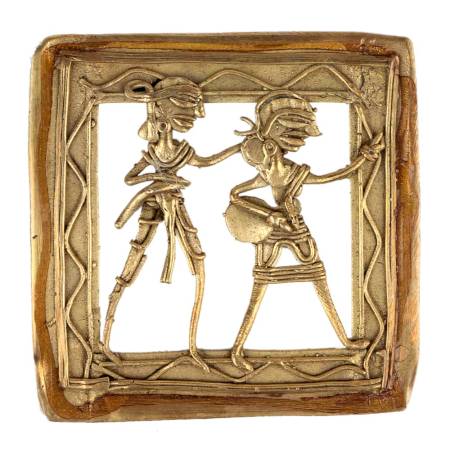
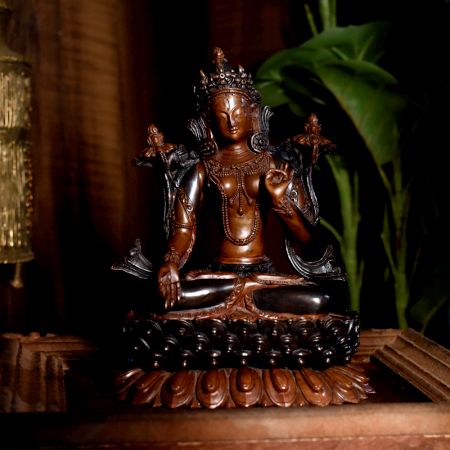
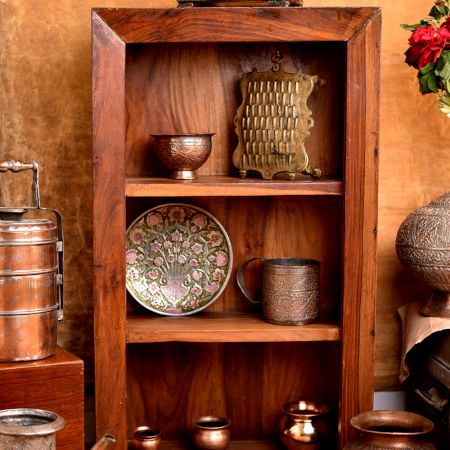
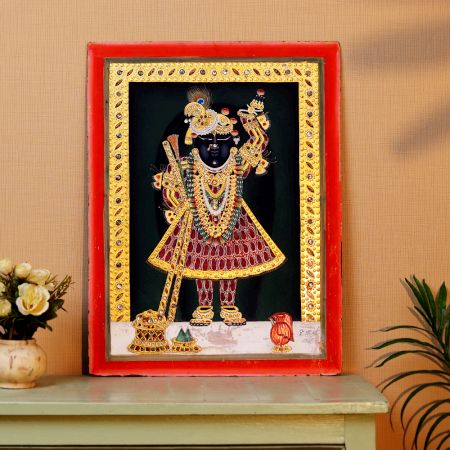
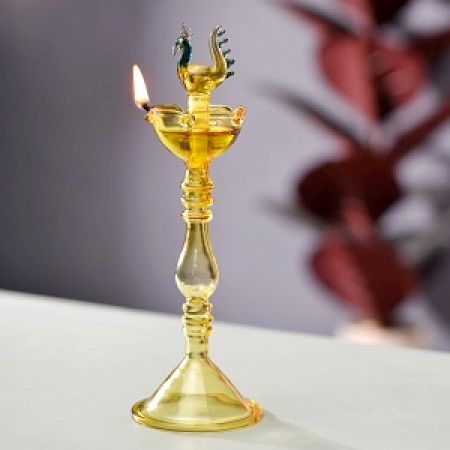
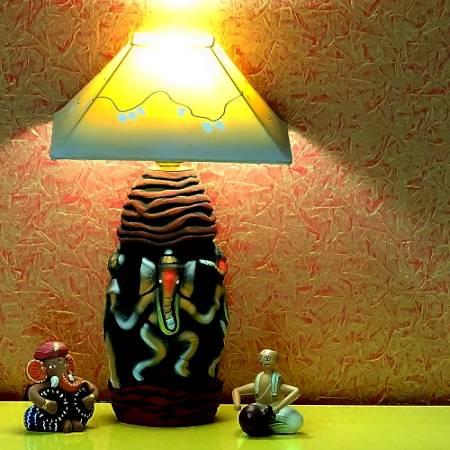
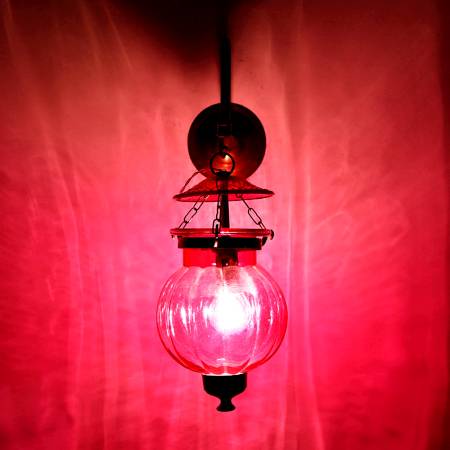

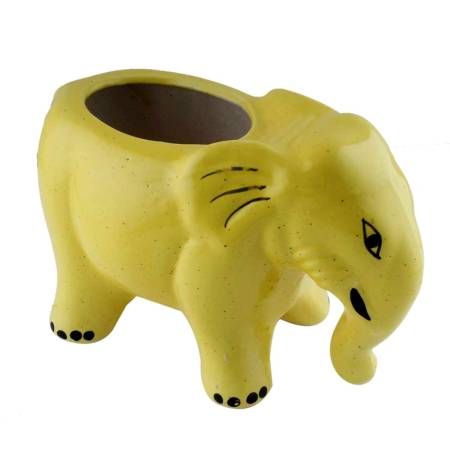
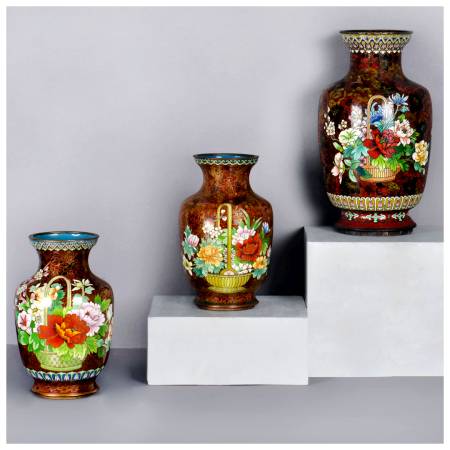
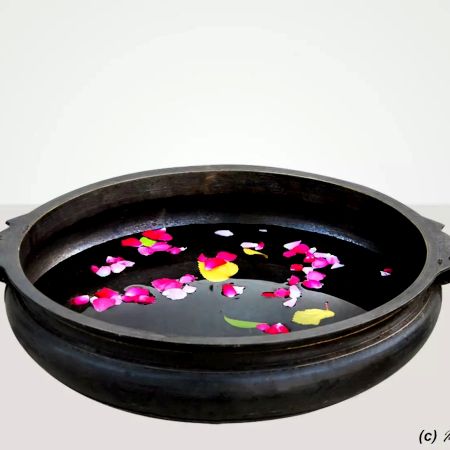
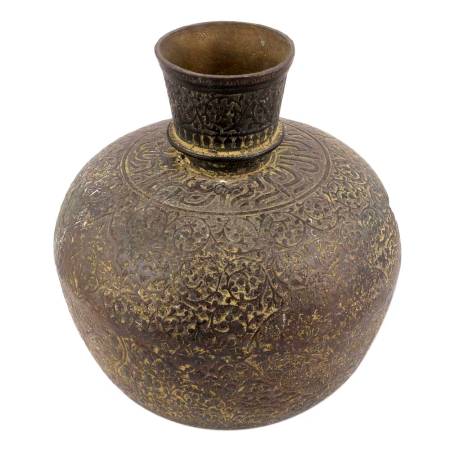
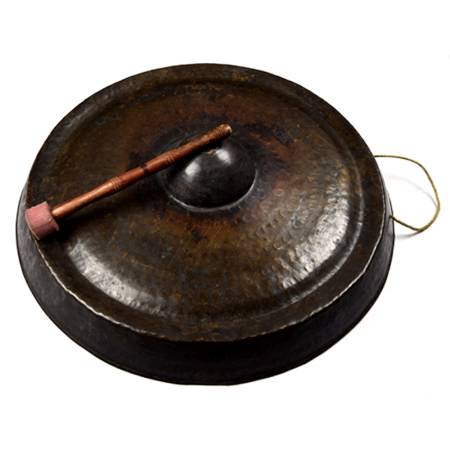

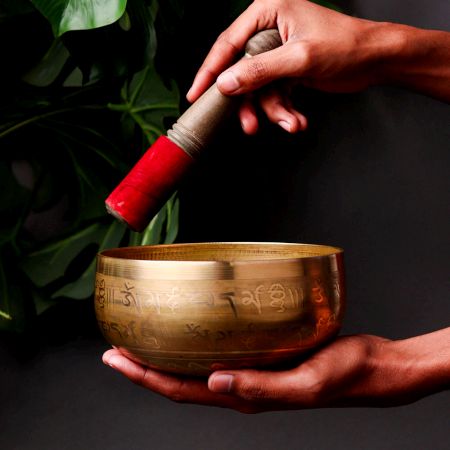

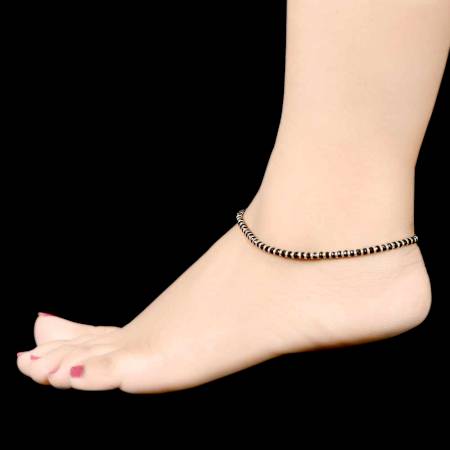
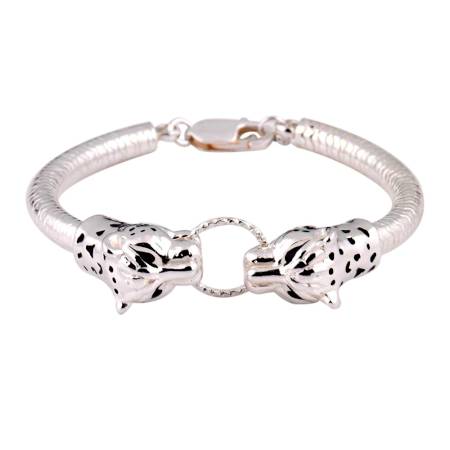
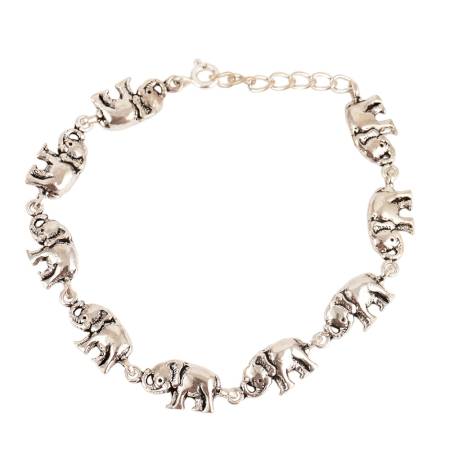
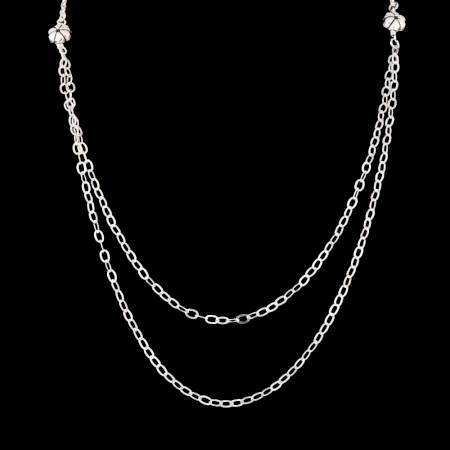
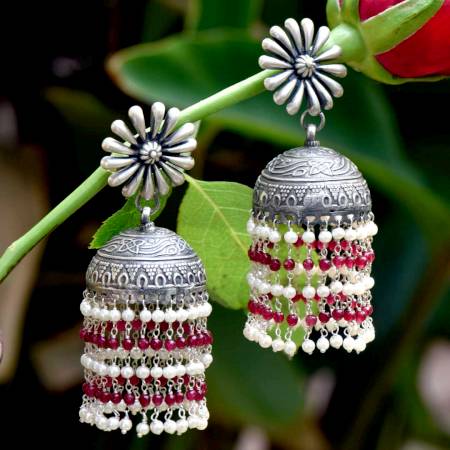
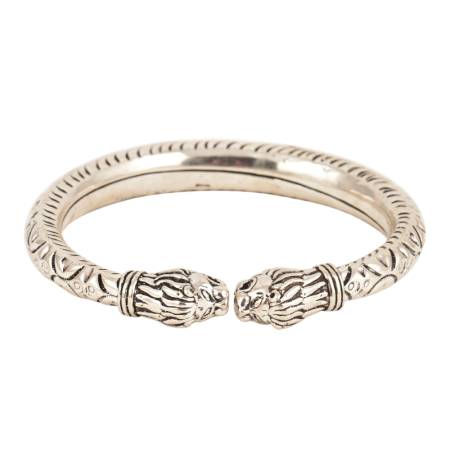
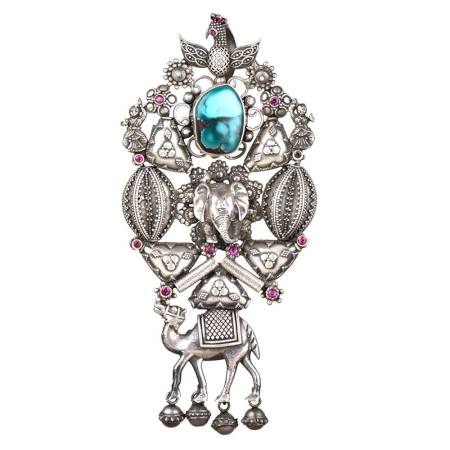
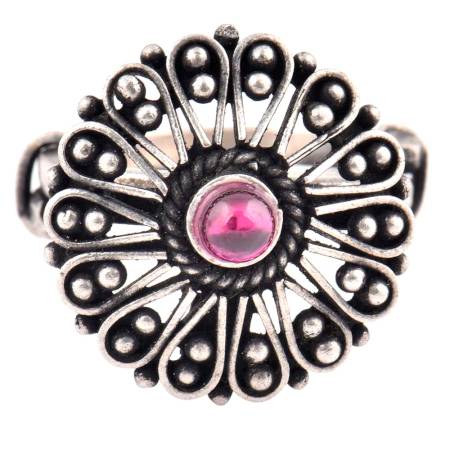
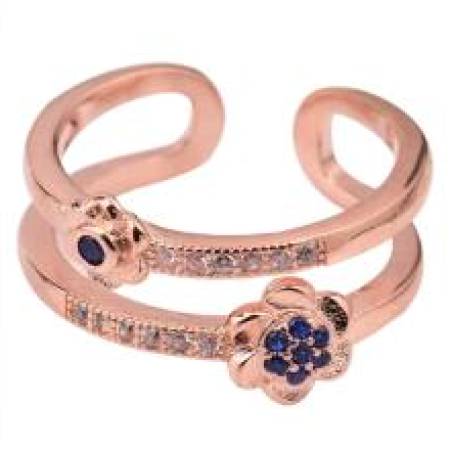
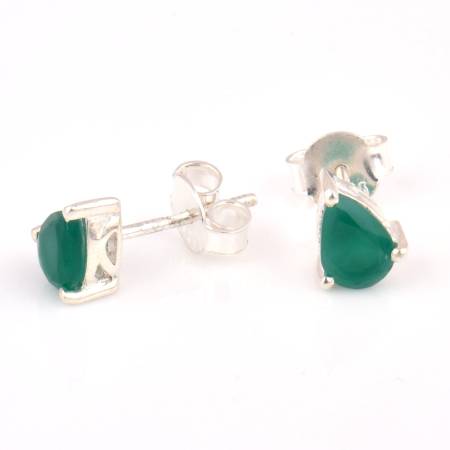


















































































.JPG?ver=1.7)
.JPG?ver=1.7)
































































































.jpg?ver=1.7)
.jpg?ver=1.7)
.JPG?ver=1.7)
.JPG?ver=1.7)






























.JPG?ver=1.7)
.JPG?ver=1.7)
.JPG?ver=1.7)
.JPG?ver=1.7)
.JPG?ver=1.7)
.JPG?ver=1.7)



















